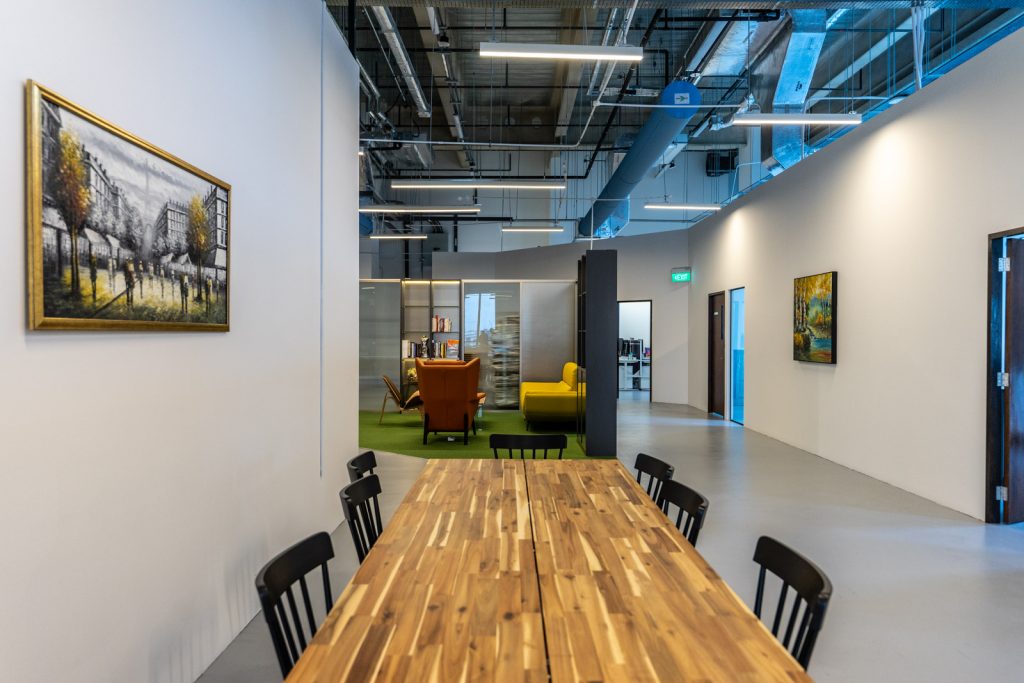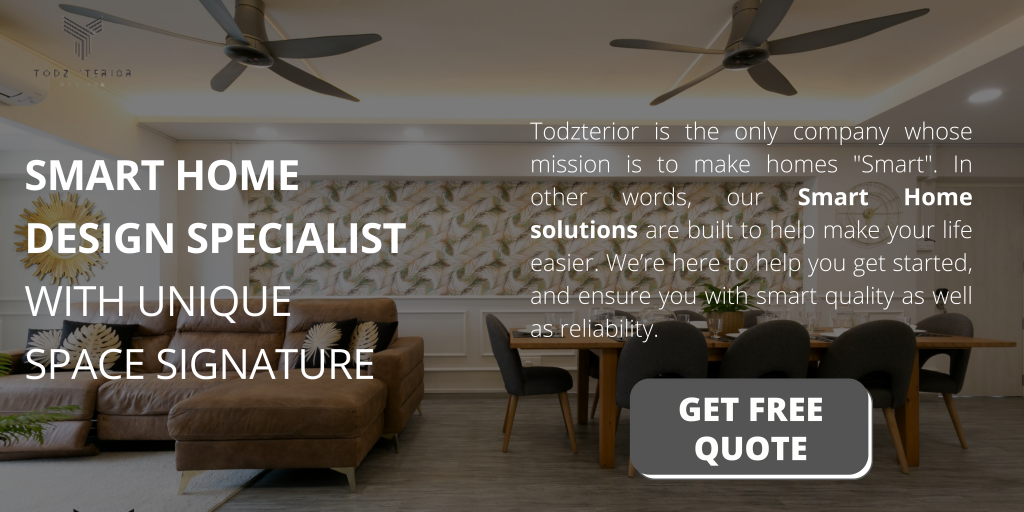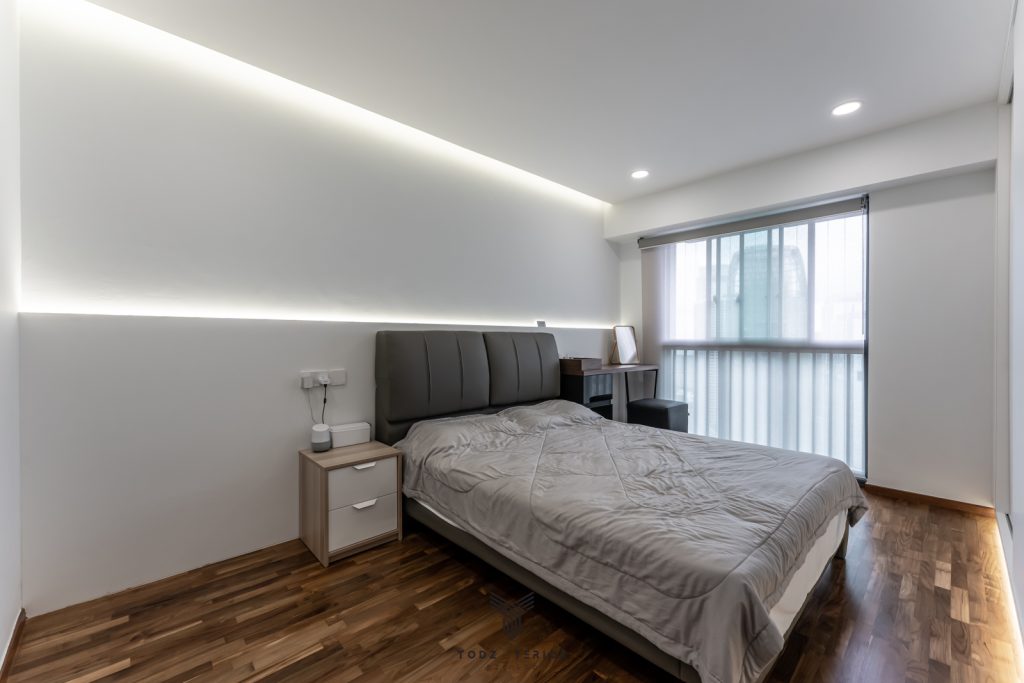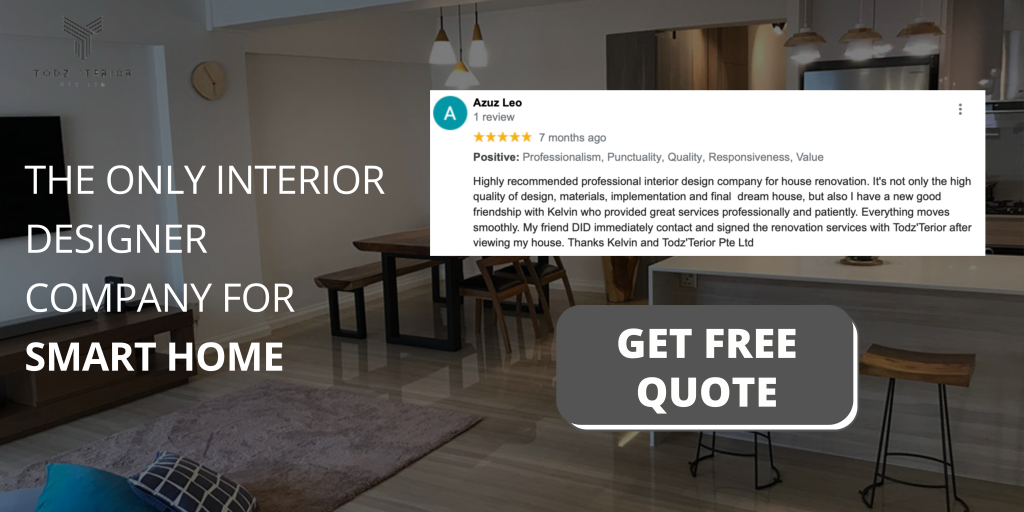Interior design is an art form that involves creating spaces where people live, work, learn, relax and play. The principles of interior design are often taught in schools as a basic skill for future designers. However, the real purpose of the principles is much deeper than this, so let’s take a closer look at the 7 principles of interior design.
In This Article
Toggle
1. Balance
By ensuring that the elements are appropriately distributed throughout the room, balance refers to producing a feeling of visual harmony. This creates a feeling of balance in your design. It can be done in a variety of ways, such as with the use of shapes, colors, patterns, and even textures.
There are three typical methods for achieving balance in interior design. The classic symmetrical balancing, which basically positions items symmetrically on either side of an illustrative central axis, is the first option. Contrarily, asymmetrical balance permits different and weirdly numbered objects while maintaining the focal point on the hypothetical axis. The objects should have equal sizes in order to maintain a balanced visual weight. Asymmetrical balance typically has a more vibrant and organic vibe. Last but not least, radial balance is placing items around a main focal point that is almost always a circle, like a round dining table or a chandelier.
2. Harmony
A sense of cohesion in a space’s style, theme, aesthetic, mood, or even personality is referred to as harmony in interior design. Imagine it as a feeling of togetherness and belonging that serves as the foundation for a room’s interior style. This doesn’t imply that every piece of furniture or piece of home décor in the space must match or belong to the same category, but there must be some way for them to complement one another. For instance, accentuating a room with the same color scheme.
A sense of cohesion in a space’s style, theme, aesthetic, mood, or even personality is referred to as harmony in interior design. Imagine it as a feeling of togetherness and belonging that serves as the foundation for a room’s interior style. This doesn’t imply that every piece of furniture or piece of home décor in the space must match or belong to the same category, but there must be some way for them to complement one another. For instance, accentuating a room with the same color scheme.

3. Rhythm
You might be wondering why rhythm is listed among the principles of interior design, but much like in music, harmony cannot exist without rhythm. When colors, patterns, and textures are used in repetition or contrast to produce visual interest and movement, your eyes are guided through the space. For instance, you can utilize the same colors in a room at various points. For instance, a yellow wall can be complemented by yellow cushions on a sofa positioned next to a wall that is painted a different color, then by another piece of art with yellow accents.
4. Emphasis
This idea emphasizes that each room needs a single, prominent focal point, and that all other elements should support that focal point so that attention is constantly drawn to it. A huge piece of furniture like a grand piano, a work of art like a painting, or a decorative element like an accent wall might serve as the focal point. Additionally, it might take the shape of a color, pattern, or texture.
While harmony and balance are the cornerstones of effective interior design, just sticking to them might result in a place that feels stiff and monotonous. The fundamental rule of attention comes into play here. Simply using a focal point to anchor a space, such as a spectacular chandelier in the living room, is what is meant by emphasis.
5. Contrast
When two or more drastically contrasting shapes are combined, contrast in interior design is produced. Once more, this can be accomplished using either color, form (shape), or space.
The simplest approach to create contrast is by color, such as by painting with contrasting hues like black and white. Additionally, you can balance two dissimilar shapes next to one another, such as a circular mirror and a rectangle dining table. Another great method to achieve contrast without overcrowding a space is to use positive (space occupied with objects) and negative (space between objects) spaces. Without contrast, a room can seem dull, flat and one-note.

6. Scale and Proportion
The ratio is the key idea in this approach. To avoid having items in a room look out of place, their sizes and dimensions should be proportionate to one another. For instance, a gigantic chandelier shouldn’t be hung in a tiny flat, and bean bags shouldn’t be the size of the furniture in a room with high ceilings.
Despite the fact that this might seem a little more technical and mathematical, you don’t necessarily need the assistance of professionals to understand it. Always shift your attention to the wider picture, and follow the direction of your gaze. For instance, it’s simple to see how a big wingback chair looks odd next to a short, skinny coffee table.
7. Details
the small things shouldn’t be ignored, according to the details. Nothing is too minor or unimportant to pay attention to when it comes to details. Every small detail, from handles on cupboards to framed artwork on the wall to embroidery on the cushions, adds something to the overall interior design. The difference between a decent and exceptional interior design is in the tiniest of details.
You are free to completely personalize the room and incorporate your personality, interests, and more at this final stage of home interior design. It’s the little details, such as blankets, pillows, and carpets, as well as the size and shape of light switches, door knobs, and other hardware, that give a space personality.

We’re here to help you get started Smart Home solutions
Todzterior is the only company whose mission is to make homes “Smart”. In other words, our Smart Home solutions are built to help make your life easier. The possibilities for the future of the smart home are endless. You’ve come to the right place. We’re here to help you get started Smart Home solutions, and ensure you with smart quality as well as reliability.
